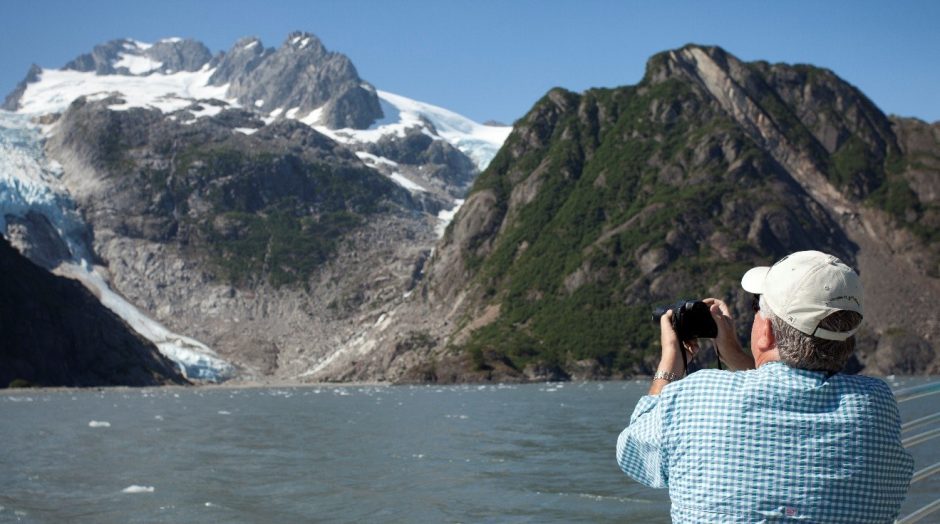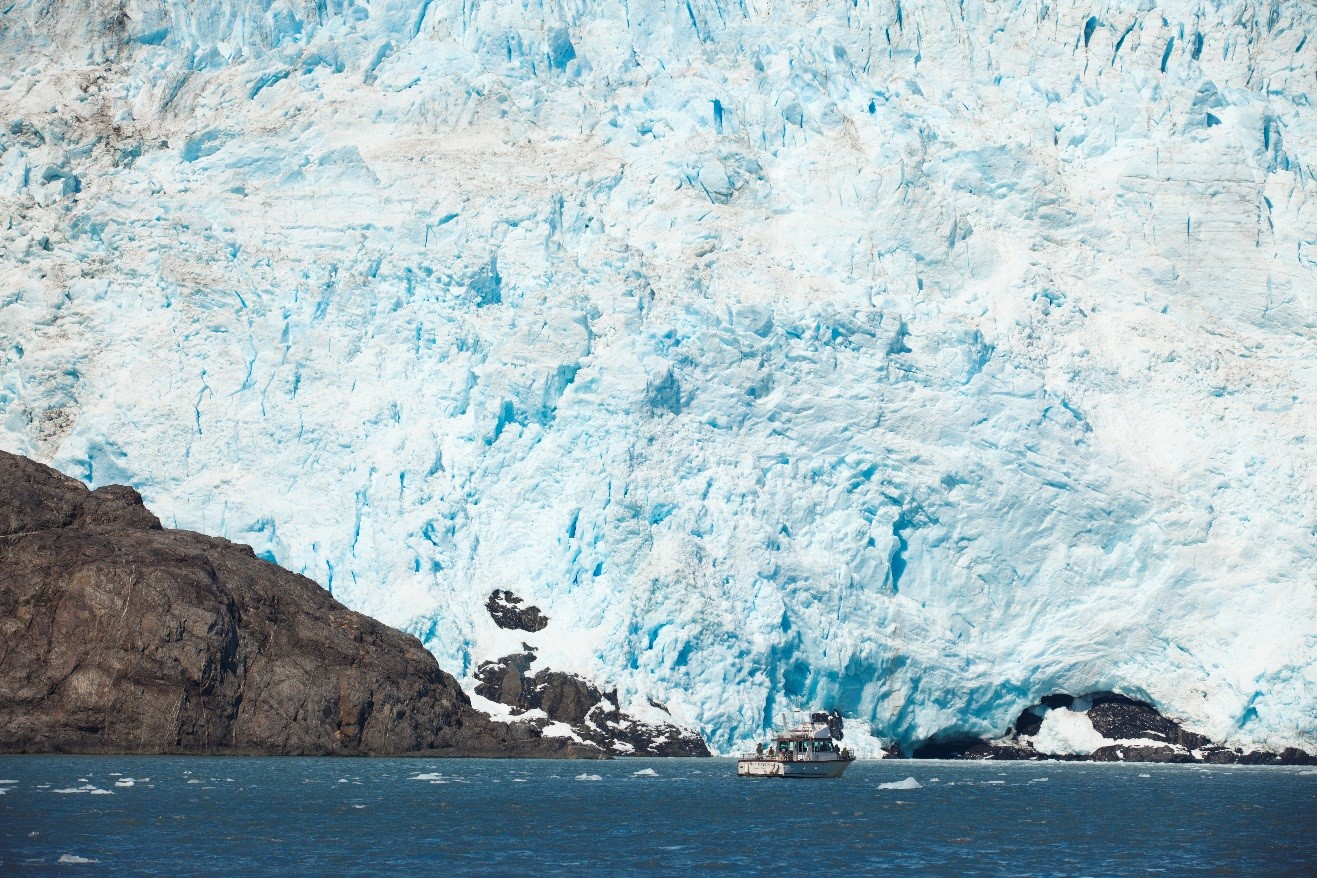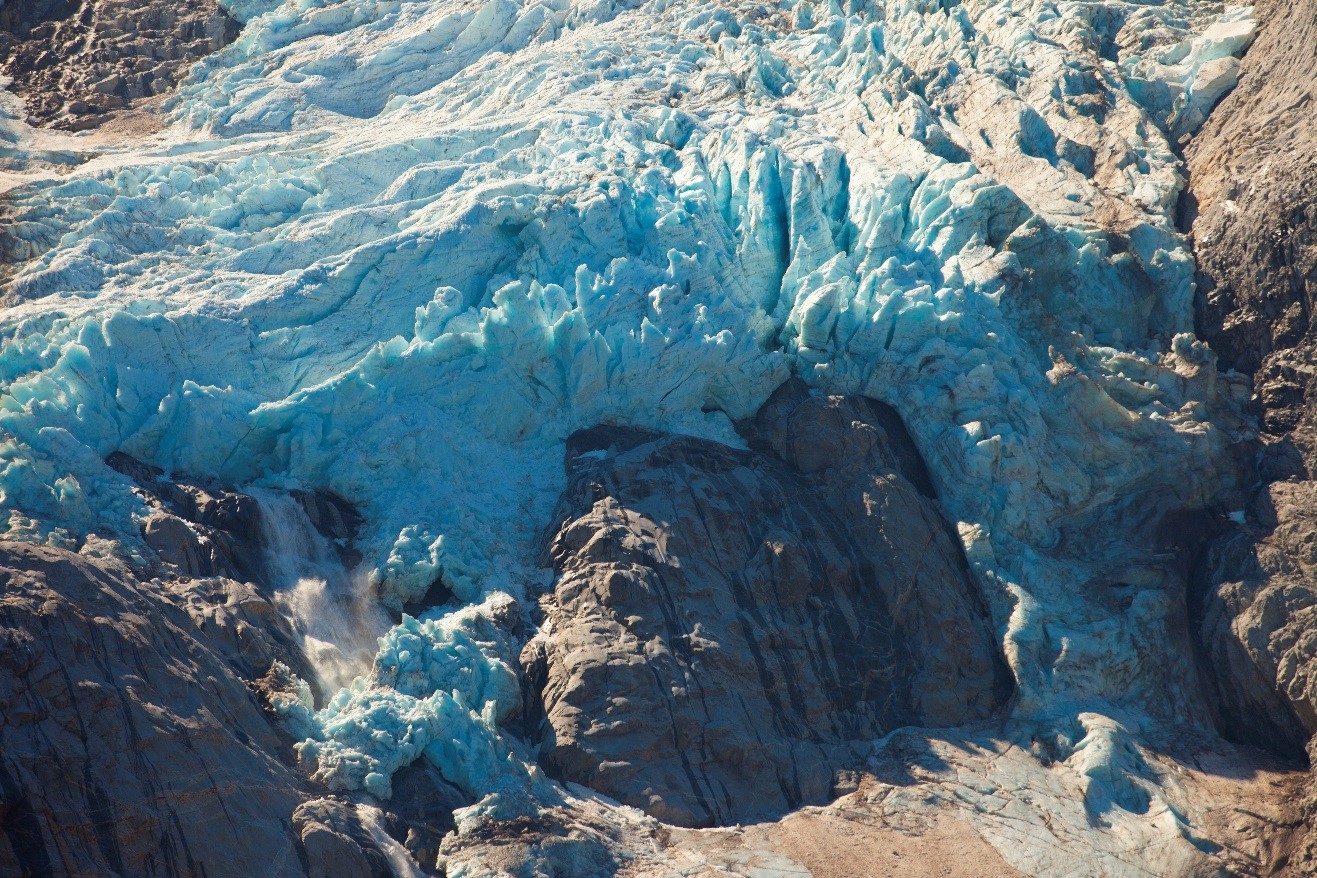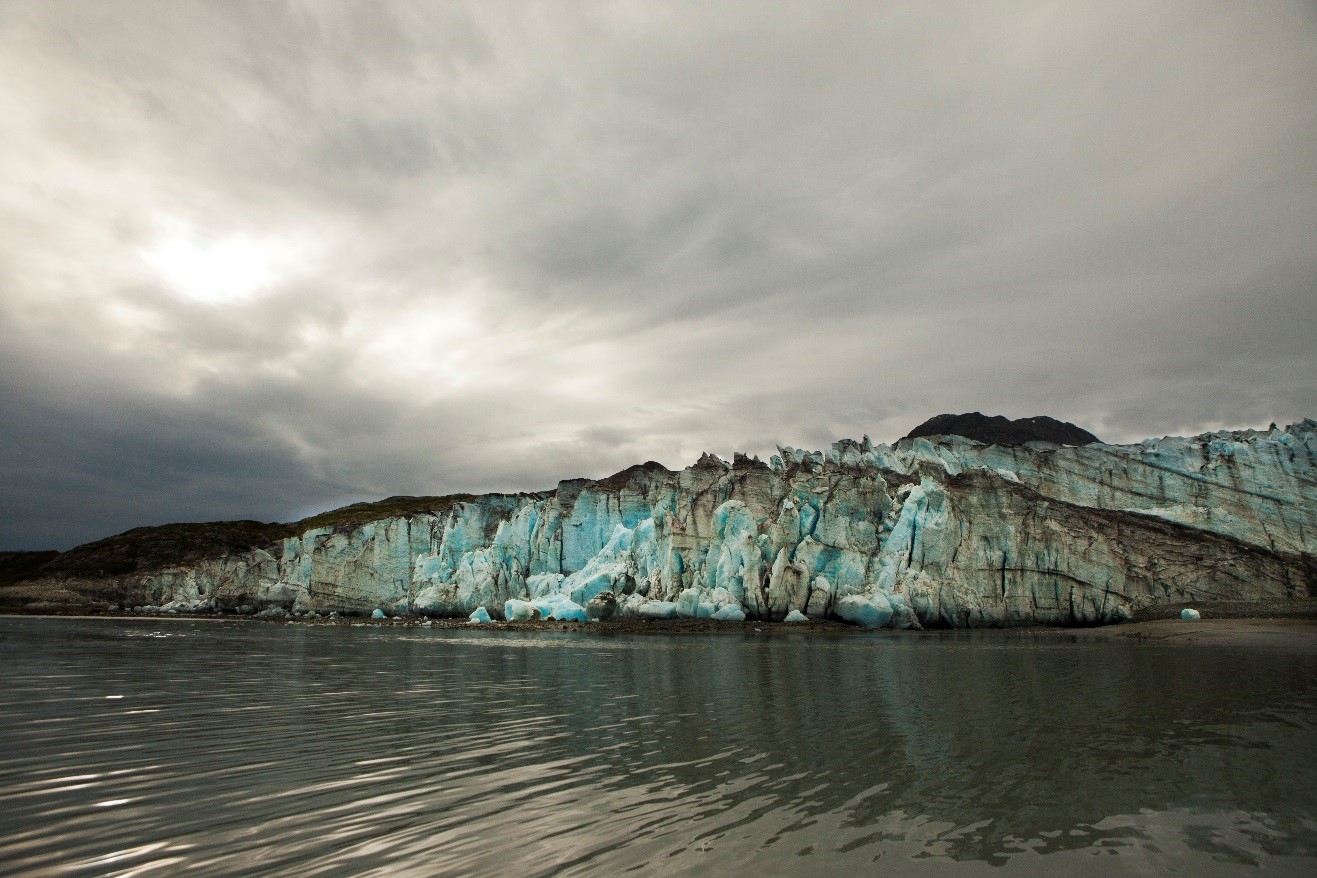
3 Tips on Photographing Glaciers
Photographing glaciers, despite their grandeur, can be somewhat challenging. While it may be challenging to physically get to an area where you can photograph glaciers in good conditions, destinations such as Antarctica and Alaska present some of the best options. Once you’re there, follow these simple three tricks to help you get better photos of one of the true wonders of the natural world.
Think beyond the sweeping end to end panoramic shot
Zoom in and look for context

While it’s tempting to take every shot as a panoramic to try and capture the enormity and grandeur of a massive glacier, sometimes this can actually be accomplished best by zooming in a little. It’s almost the opposite of what you think — by photographing the entire glacier, it can often make it look smaller and less impressive than it appeared when you were physically in front of it in awe. By photographing only a section, you’ll be able to give the glacier context and scale. Look for recognizable structures like other boats to help show the size.
Look for shadows and contrast to show texture
Texture is the result of light and dark parts of an object

Glaciers can be wildly dynamic. They can move, shift, calve, and fracture, creating all sorts of jagged shapes. Heavy shadows and areas of drastic light and dark are often unwanted with photography. However, when photographing glaciers, these contrasts can be highly desirable. The drastic nature of glaciers and the dynamic lighting on their faces, means that drastic shadows can actually be quite compelling. Because glaciers are already jagged and dramatic in appearance, what would normally be an “unsettled” look by having irregular harsh shadows and overly bright sunlit areas, tends to be less obtrusive. Take advantage of this and create a truly dramatic scene.
Be deliberate about rules of composition, lines, and space
Create impressionist art

Glaciers look otherworldly. Capture this by using their odd angles, striking colors and atypical forms to cut across the photo in novel ways. Whether the sky is blue, gray, or a cloudy swirl, you can use that to your advantage, as with ripples in the water to create leading lines, directing the viewers eyes to the glacier you’re photographing. Incorporate interesting elements all around you and think of yourself as a photographic artist, for they give you an amazing paintbrush to work with.
No matter where in the world you’re headed to view glaciers, or if it’s something on your bucket list for a later year, we hope this has given you some inspiration to let your creativity flow, just like the river of ice in these glacier photos!
Go forward and give it a shot,
Court
Leave a reply